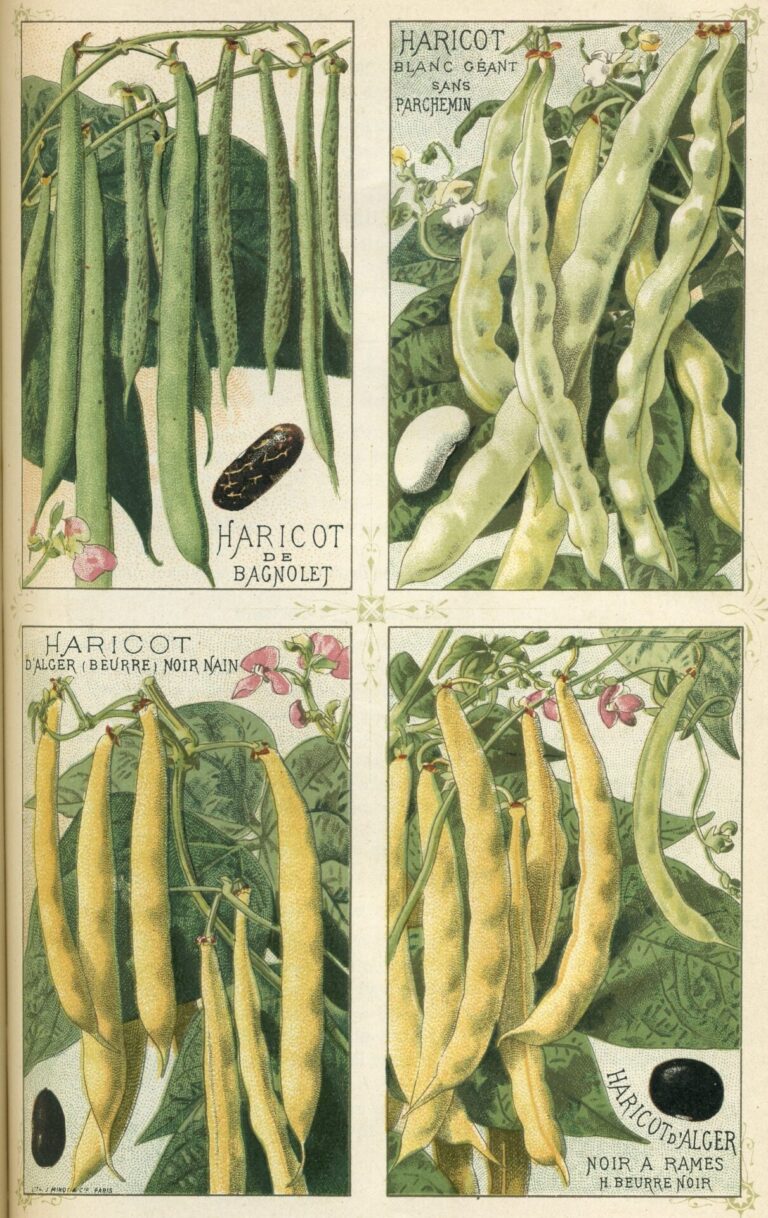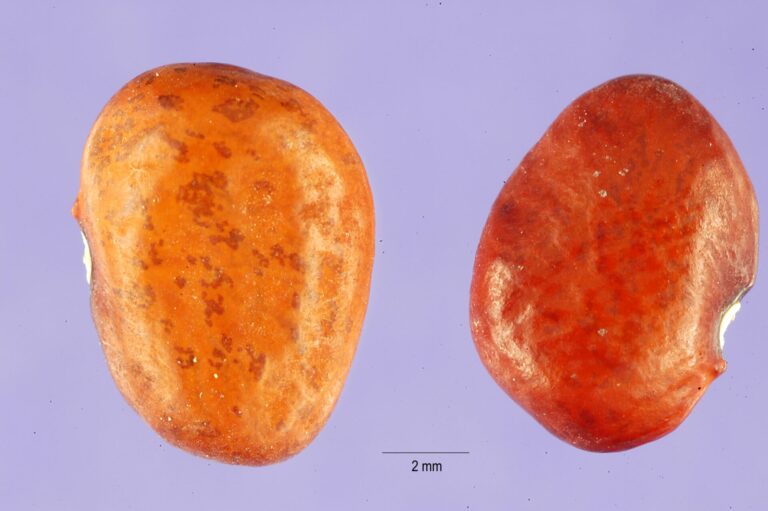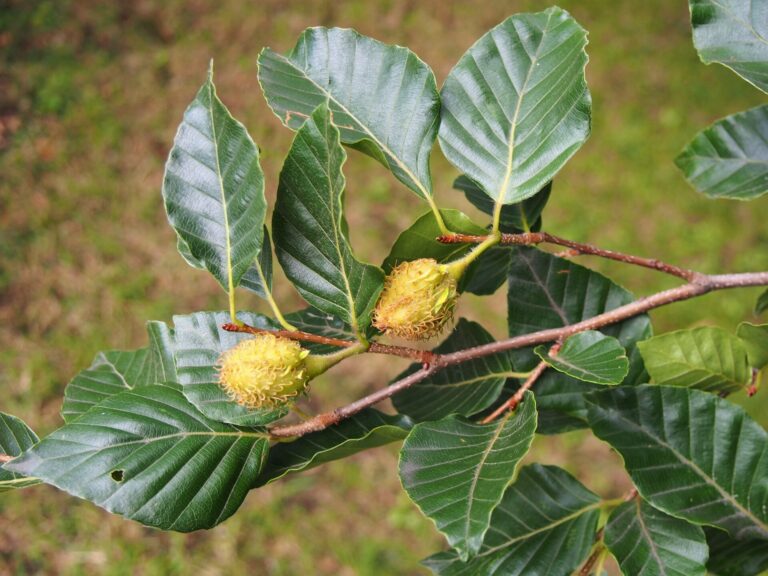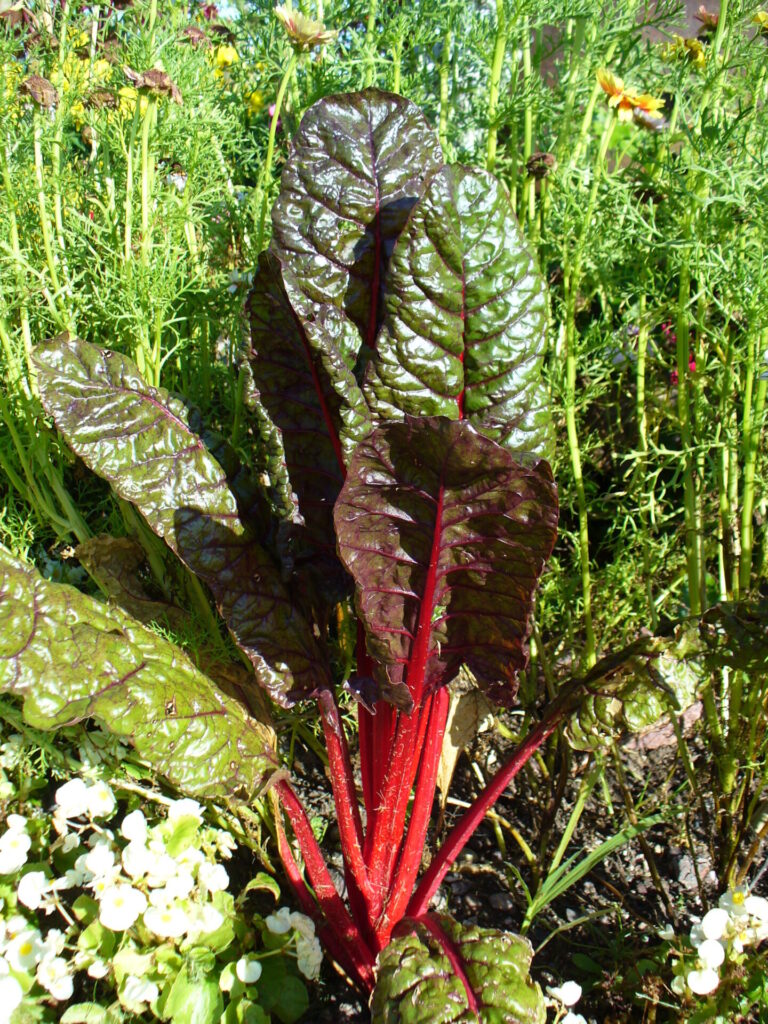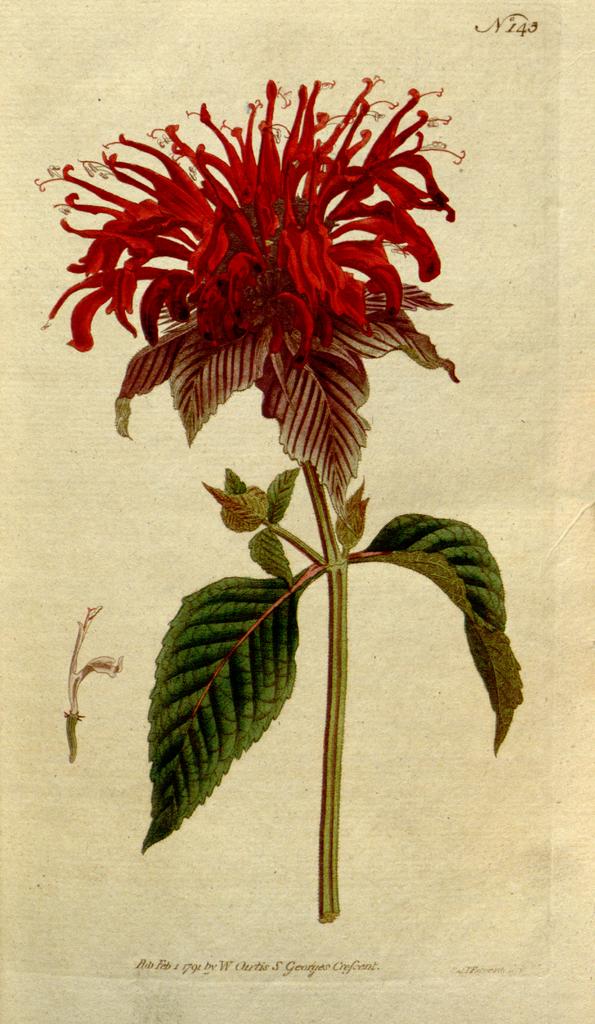
Basil
Basil plants are one of the most popular herbs to grow and also one of the easiest. Sweet basil (Ocimum basilicum) is a member of the mint family. It is closely identified with Italian cooking, although it is originally from India. The extremely aromatic leaves also have a delightful variety of flavors, from the slightly lemony-mint of sweet basil to cinnamon and licorice. Leaf colors span from rich green to deep purple, with smooth or crinkled leaves. The flowers are insignificant but very popular with bees. All types of basil grow easily in warm, sunny weather. The leaves are



